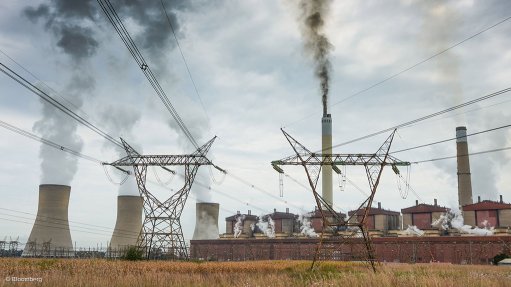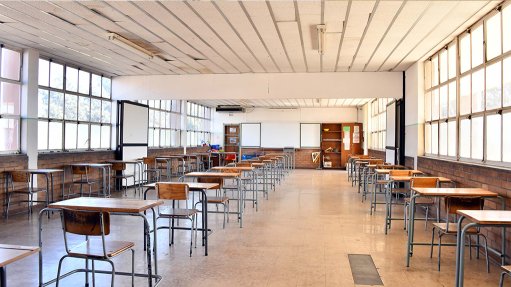Children playing with knives
In 2004, Harry M decided that Willy and I should go to Hannover, to attend the Hannover fair, a huge exhibition of electrical goods and other products. We were to find some information for Harry.
To save money, he booked us into a hotel 30 km from Hannover. When we arrived, we didn’t know that the hotel was so far from the city; so, we got a taxi, gave the name of the hotel and got hopelessly lost. Sometime in the early evening, we passed a wind farm that looked so out of place in the beautiful hills that I wanted to weep. What’s more, the turbine blades were stationary, as there was no wind.
For the next two weeks there was no wind. At the fair, there were several wind turbine suppliers who had exhibition stands and I asked them all, as best I could, how the finance model for a wind turbine worked. The short answer was that consumers paid a levy on all power accounts. This was back then. Today, the levy is still applicable. In 2021, the subsidy was a total of €24-billion and the total subsidy by Germany for renewable energy was €31-billion (R558-billion). This, as Harry would say, is some serious wonga. Medupi and Kusile in South Africa cost R352-billion.
Germany’s peak demand is 58 000 MW (South Africa’s is 30 000 MW). In 2021, Germany’s available power generation was 122 MW, of which 58 MW was solar and 64 MW wind. Nonrenewable power was 64 MW. In its drive to renewable energy, Germany is shutting down three of its six nuclear power stations – Isar 2, Emsland and Neckarwestheim II – which will remove 4 145 MW from the German grid. Given that solar and wind power have load factors of 15% and 45%, this implies that Germany will have to commission about 13 000 MW of new solar and wind to make up for the loss of nuclear generation. This seems a big ask in a country which is one third of the size of South Africa.
Turning to another European country – Finland has given the go-ahead to commission the 1 650 MW Olkiluoto 3 nuclear reactor. This has some startling parallels with Kusile and Medupi; the reactor is 12 years late and over budget to an amount of €23-billion (R414-billion). This is more than the cost of Kusile and Medupi put together.
In the UK, construction on Hinkley Point C (3 200 MW) is proceeding. On a point of interest, UK renewable electricity generation was 24.6 TWh in the third quarter of 2021, 17% lower than in the same period in 2020. This decline was primarily driven by a 30% reduction in wind generation because of lower average wind speeds, which were below the average for the same months in 2020 and substantially below the ten-year average. Solar and hydro generation also decreased as a result of less favourable weather conditions.
So, Finland and the UK are building nuclear stations, while Germany is shutting them down. Which is the more sensible course? We all know that Germans are very thorough. This does not mean they are on the right track – it means they think they are on the right track. What is the right track? In my view, to rely on renewable generation to carry the bulk of the load is foolish. As indicated above, the power from renewables can fall by 17%, which is no small number. I would not shut down any working, reasonably maintained power station. It has been reported that Germany decided to speed up the phasing out of nuclear power following Japan’s Fukushima reactor meltdown in 2011, when an earthquake and tsunami destroyed the coastal plant in the world’s worst nuclear disaster since Chernobyl in 1986. But the fact is that the accident was caused by an earthquake and a tsunami, which do not occur in Germany. But time will tell. And, by the way, in anticipation of critics of this column, please bear in mind that my grandmother was German.
Article Enquiry
Email Article
Save Article
Feedback
To advertise email advertising@creamermedia.co.za or click here
Comments
Press Office
Announcements
What's On
Subscribe to improve your user experience...
Option 1 (equivalent of R125 a month):
Receive a weekly copy of Creamer Media's Engineering News & Mining Weekly magazine
(print copy for those in South Africa and e-magazine for those outside of South Africa)
Receive daily email newsletters
Access to full search results
Access archive of magazine back copies
Access to Projects in Progress
Access to ONE Research Report of your choice in PDF format
Option 2 (equivalent of R375 a month):
All benefits from Option 1
PLUS
Access to Creamer Media's Research Channel Africa for ALL Research Reports, in PDF format, on various industrial and mining sectors
including Electricity; Water; Energy Transition; Hydrogen; Roads, Rail and Ports; Coal; Gold; Platinum; Battery Metals; etc.
Already a subscriber?
Forgotten your password?
Receive weekly copy of Creamer Media's Engineering News & Mining Weekly magazine (print copy for those in South Africa and e-magazine for those outside of South Africa)
➕
Recieve daily email newsletters
➕
Access to full search results
➕
Access archive of magazine back copies
➕
Access to Projects in Progress
➕
Access to ONE Research Report of your choice in PDF format
RESEARCH CHANNEL AFRICA
R4500 (equivalent of R375 a month)
SUBSCRIBEAll benefits from Option 1
➕
Access to Creamer Media's Research Channel Africa for ALL Research Reports on various industrial and mining sectors, in PDF format, including on:
Electricity
➕
Water
➕
Energy Transition
➕
Hydrogen
➕
Roads, Rail and Ports
➕
Coal
➕
Gold
➕
Platinum
➕
Battery Metals
➕
etc.
Receive all benefits from Option 1 or Option 2 delivered to numerous people at your company
➕
Multiple User names and Passwords for simultaneous log-ins
➕
Intranet integration access to all in your organisation

















